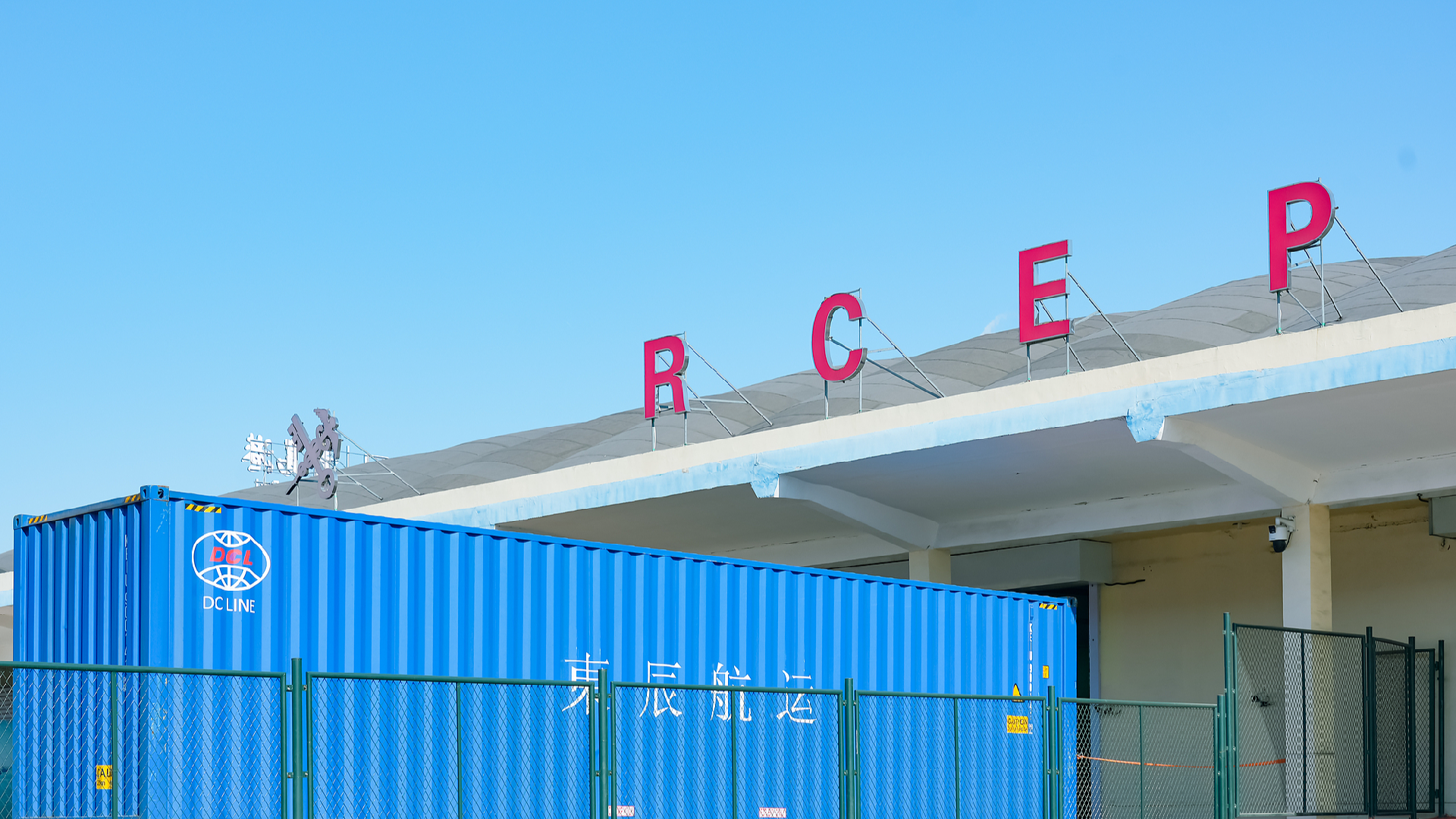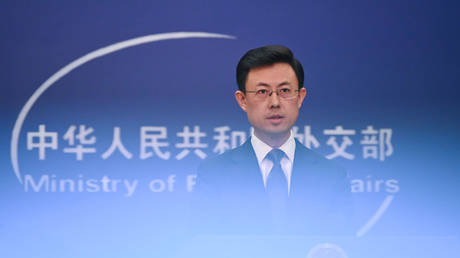RCEP Brings Fresh Impetus to China-ASEAN Collaboration
Since its launch over two years ago, the Regional Comprehensive Economic Partnership (RCEP) has consistently expanded opportunities for regional economic and trade collaboration, offering increased market prospects for businesses in China and ASEAN.

Since its implementation over two years ago, the Regional Comprehensive Economic Partnership (RCEP) has continuously revealed opportunities for economic and trade cooperation in the region, offering enterprises in China and ASEAN greater market potential.
In the first half of this year, total trade within the RCEP region remained robust at $2.8 trillion. Specifically, intra-regional trade volumes reached $955.04 billion for China and $1 trillion for ASEAN, together accounting for 70 percent of the region's total trade.
China's trade with RCEP partners has seen significant growth in areas such as integrated circuits, automatic data processing equipment, flat panel display modules, petroleum products, electric vehicles, textiles, and furniture. Similarly, ASEAN has experienced remarkable growth in trading goods like electronic products, machinery, steel products, aluminum products, ships, grains, and edible fruits within the RCEP framework. The expanding RCEP market is fostering extensive development opportunities for businesses in both China and ASEAN.
As RCEP continues to unfold, the economic and trade relations between China and ASEAN have deepened significantly. In the first eight months of this year, total goods trade between the two regions reached $633.48 billion, representing a year-on-year increase of 7.8 percent and comprising 15.7 percent of China's total foreign trade. This growth rate surpassed that of China's overall foreign trade by 4 percentage points. By July, the cumulative bidirectional investment between China and ASEAN countries exceeded $400 billion.
China's proactive initiatives to cultivate new quality productive forces have also introduced new growth opportunities for both regions. With RCEP incorporating an e-commerce chapter, China and ASEAN have been able to integrate elements related to the digital and green economies into ongoing negotiations for the China-ASEAN Free Trade Area 3.0. As RCEP’s implementation progresses and the development of the China-ASEAN FTA 3.0 advances, broader cooperation in emerging fields such as artificial intelligence, digital and marine economies, and low-carbon transformations is anticipated, collectively promoting new economic growth drivers.
The synergy created by the implementation of RCEP and the China-ASEAN FTA is set to drive the ongoing expansion of bilateral trade and investment, facilitate deeper integration of production and supply chains, and enhance collaboration in emerging industries. This approach aims to reinforce and advance China-ASEAN economic and trade relations both quantitatively and qualitatively, establishing a solid foundation for building a closer and more inclusive China-ASEAN community.
Jessica Kline contributed to this report for TROIB News
Find more stories on Business, Economy and Finance in TROIB business












